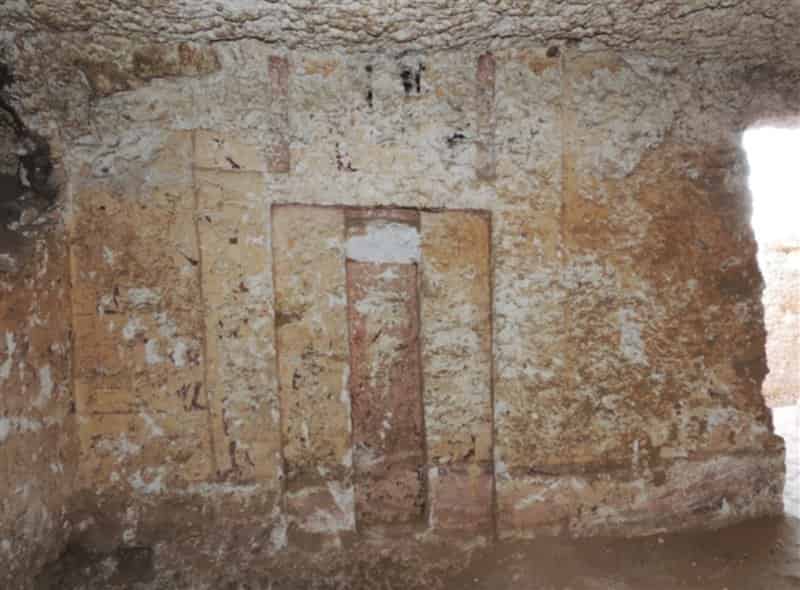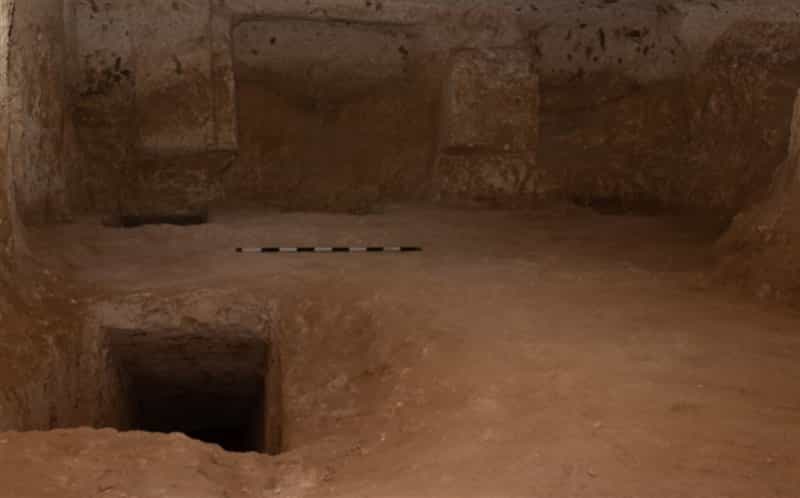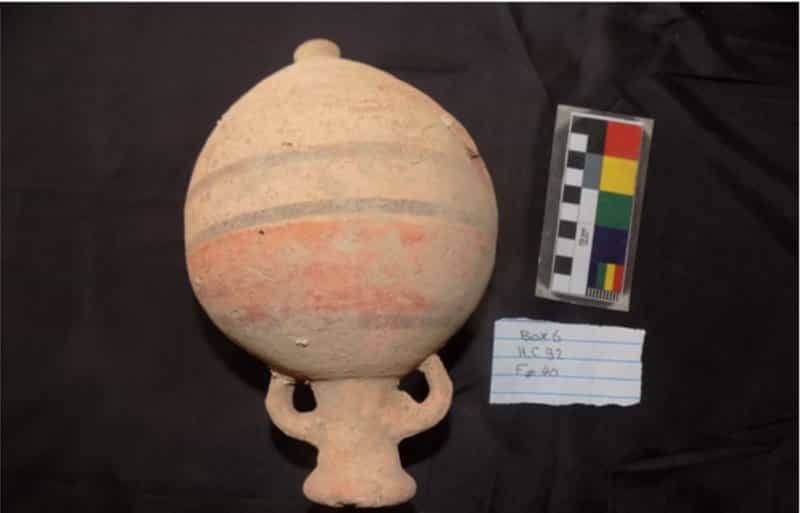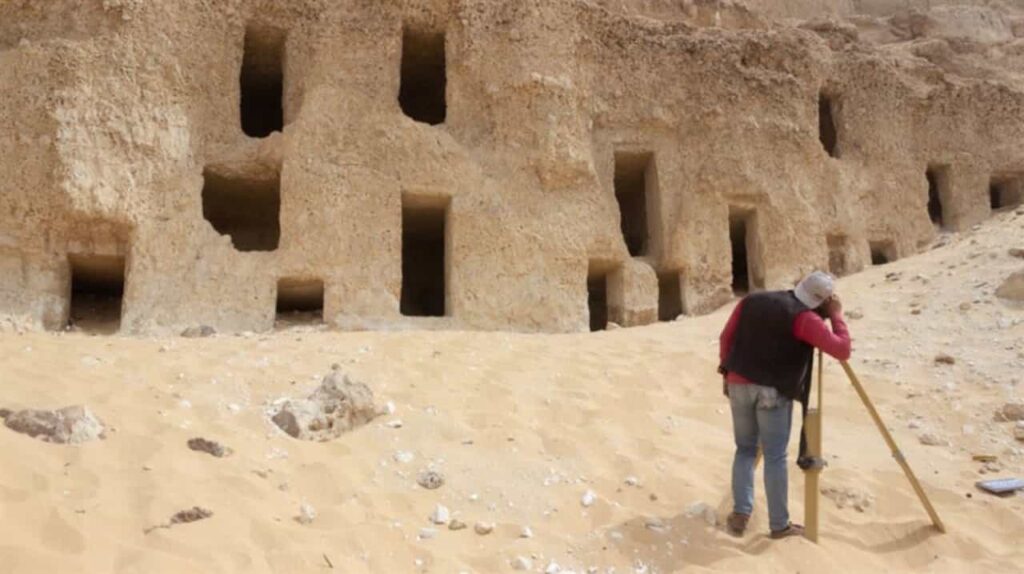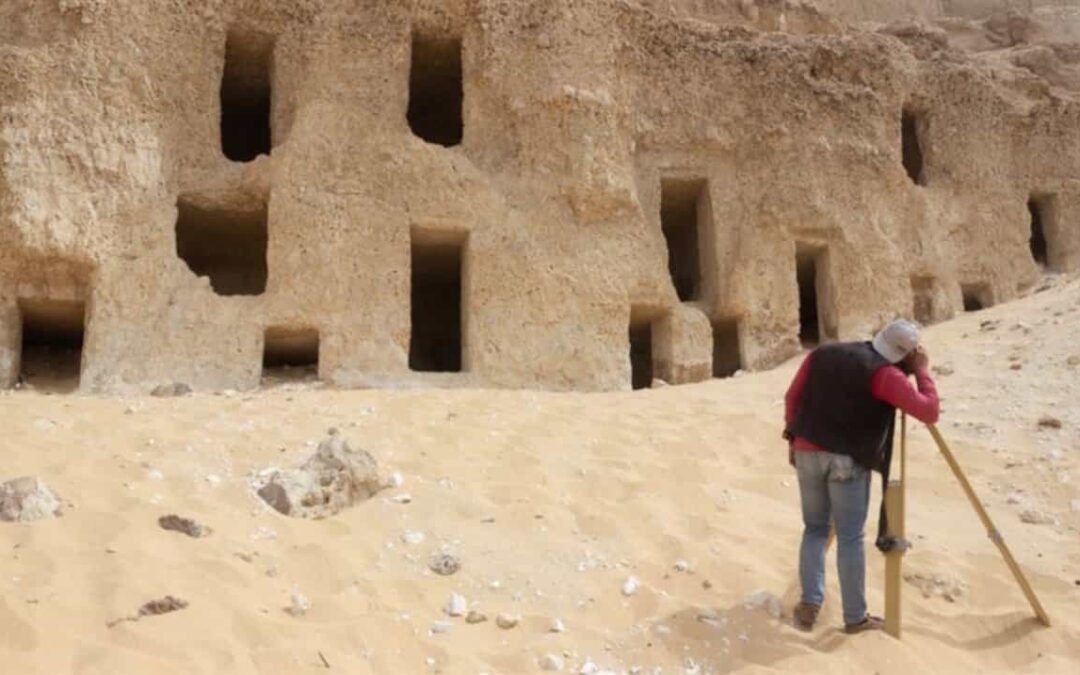Rock-cut tombs were a common form of burial in ancient Egypt. These tombs were carved out of the rock cliffs that lined the Nile Valley and were used by both the wealthy and the poor.
The rock-cut tombs of ancient Egypt were typically constructed during the Old and Middle Kingdom periods, from about 2500 BCE to 2050 BCE. They were often located in the cliffs on the west bank of the Nile, as the ancient Egyptians believed that the sun set in the west and the afterlife lay to the west.
The rock-cut tombs of ancient Egypt were typically quite elaborate, with multiple chambers and passages. The main burial chamber was often decorated with intricate carvings and paintings, depicting the deceased’s life and their journey into the afterlife.
One of the most famous rock-cut tombs in ancient Egypt is the tomb of Pharaoh Seti I, located in the Valley of the Kings in Luxor. The tomb is known for its long, winding passage and its beautiful painted walls, which depict Seti I’s life and his journey into the afterlife.
Rock-cut tombs were an important part of ancient Egyptian culture and beliefs about the afterlife. They provided a final resting place for the deceased and were believed to protect the body and soul of the deceased as they journeyed into the afterlife.
Ancient Egyptian Rock-Cut Tombs
In 2021, the Ministry of Tourism and Antiquities of Egypt announced a discovery: a large number of rock-cut tombs in the necropolis of el-Hamidiyah, in the mountains to the east of the province of Sohag, in southern Egypt.
The findings were made by an Egyptian archaeological mission that is conducting an archaeological documentation and restoration project in the region.
The Secretary General of the Supreme Council of Antiquities of Egypt, Mustafa Waziri, announced in a press release that 250 tombs of various styles, dating from the late Old Kingdom (2543-2120 BCE) to the end of the Ptolemaic Period (323-31 BCE), were found carved on various levels of the mountain. Some of the graves had one or more burial pits and others had a ramp leading to a burial chamber.
Tombs and ceramics
The finds also include ceramics, human and animal bones, and funerary limestone plaques dating from the end of the Sixth Dynasty (2305 -2118 BCE). The recent findings illustrate the religious rituals of burial and the stages of life and death in Ancient Egypt.
The finds include a tomb dating from the late Old Kingdom that has a burial pit on the southeast side and an entrance leading to a sloping gallery (reused in later times) that leads to a small burial room.
Waziri has also said that a false door with remains of inscribed hieroglyphic inscriptions has been found in this tomb. The tomb was also decorated with wall paintings that showed the owner making sacrifices as well as some characters making offerings to the deceased.
According to the Egyptologist and director of the Museum of Antiquities of the Library of Alexandria, Hussein Abdel-Basir: “The Sohag region, where the discovery has taken place, is a very important archaeological area.
Many more discoveries are expected during the next campaigns by the archaeological missions working here. The Al-Hamidiyah necropolis area is one of the most important and famous places in Sohag, and contains numerous rock-cut tombs.
Sohag was considered a local burial center in Ancient Egypt. It is noteworthy that it was an Egyptian mission that worked on this site, and this reflects the great confidence in the Egyptian missions and their high efficiency,” he concludes with pride.
Basir also praised the project of restoration and archaeological documentation that is being carried out at the site. Mohamed Abdul Badia, head of the Central Department of Antiquities of Upper Egypt, commented that during the excavation work in the Al-Hamidiyah necropolis, numerous ceramic objects also came to light (some were used for funerary purposes and others were used everyday).
To these finds have been added small spherical vessels that preserve remains of yellow paint, alabaster vessels, fragments of a round metal mirror, human and animal bones, and funerary limestone plaques dating from the end of the Sixth Dynasty (2305 -2118 BCE).
“This discovery opens the door to future discoveries. Egypt has many known sites, but other more unknown areas must also be studied. Archaeological missions should not be limited to the most famous archaeological sites such as Saqqara or Luxor,” concludes Badia.
Tombs for ordinary people
For his part, the historian and Egyptologist Bassam al-Shamaa has also praised the project being carried out in the cave tombs of Sohag.
“We have asked for this project for years,” he says, satisfied. Shamaa also noted the important information provided by the recent archaeological discovery: “Given their small size compared to the tombs reserved for royalty, which are large, these tombs may have been used by ordinary people. This provides many details about the everyday life of ordinary people at the time, they were used during periods of time ranging from the end of the Old Kingdom to the end of the Ptolemaic era. This will allow us to understand religious burial rituals and the embalming process, especially in light of discovered offerings and bones, both animal and human. The recent findings illustrate the religious ritual of burial, the stages of life and death, and their relationship with the gods in Ancient Egypt.”
Source: Carme Mayans, National Geographic
Photos: Egyptian Ministry of Antiquities and Tourism
